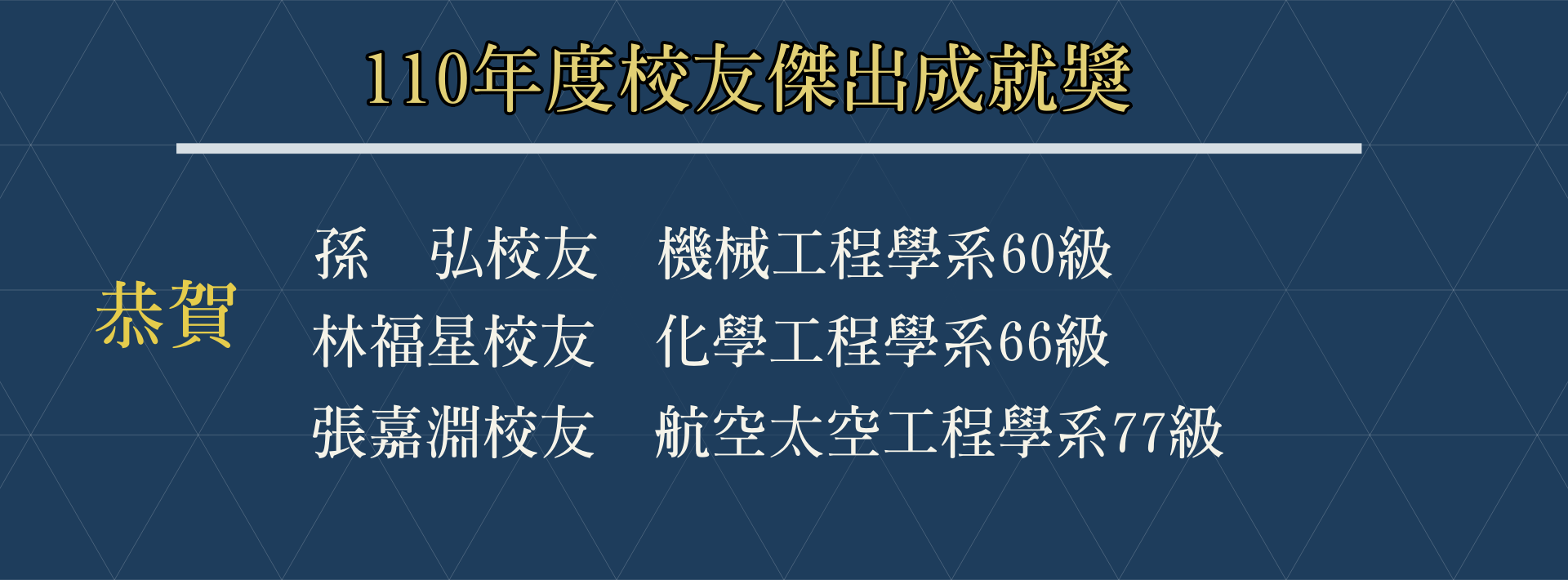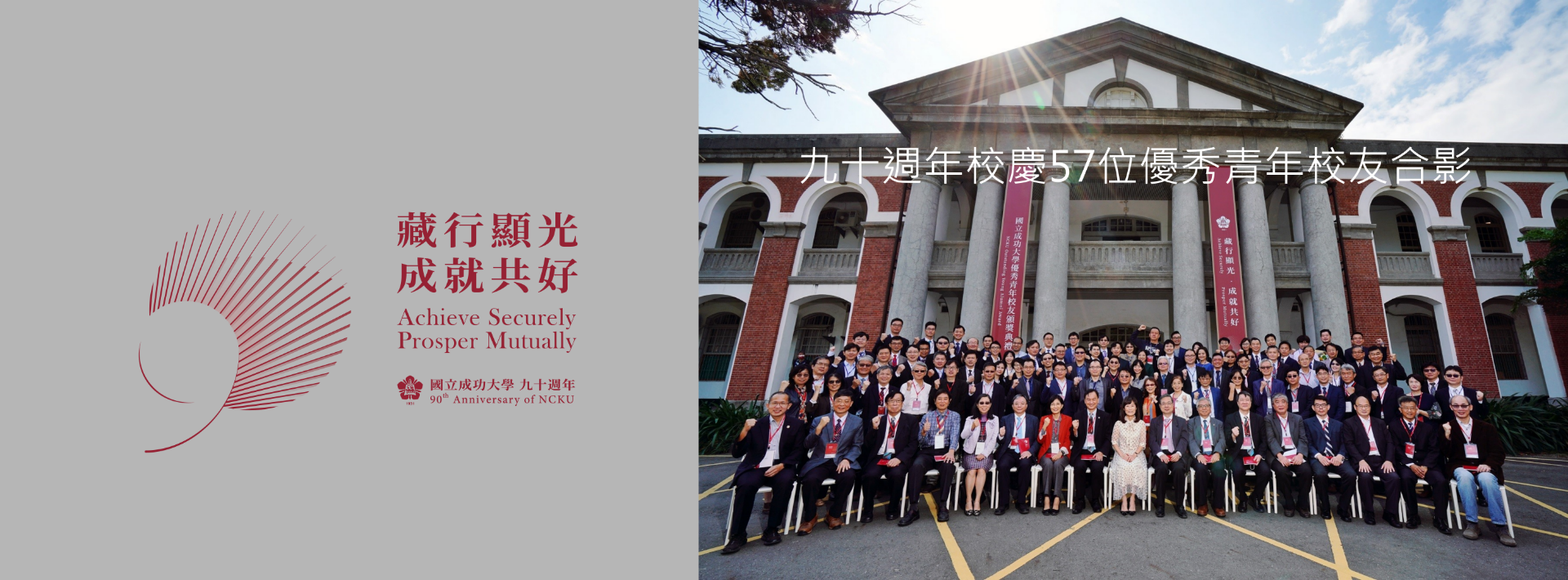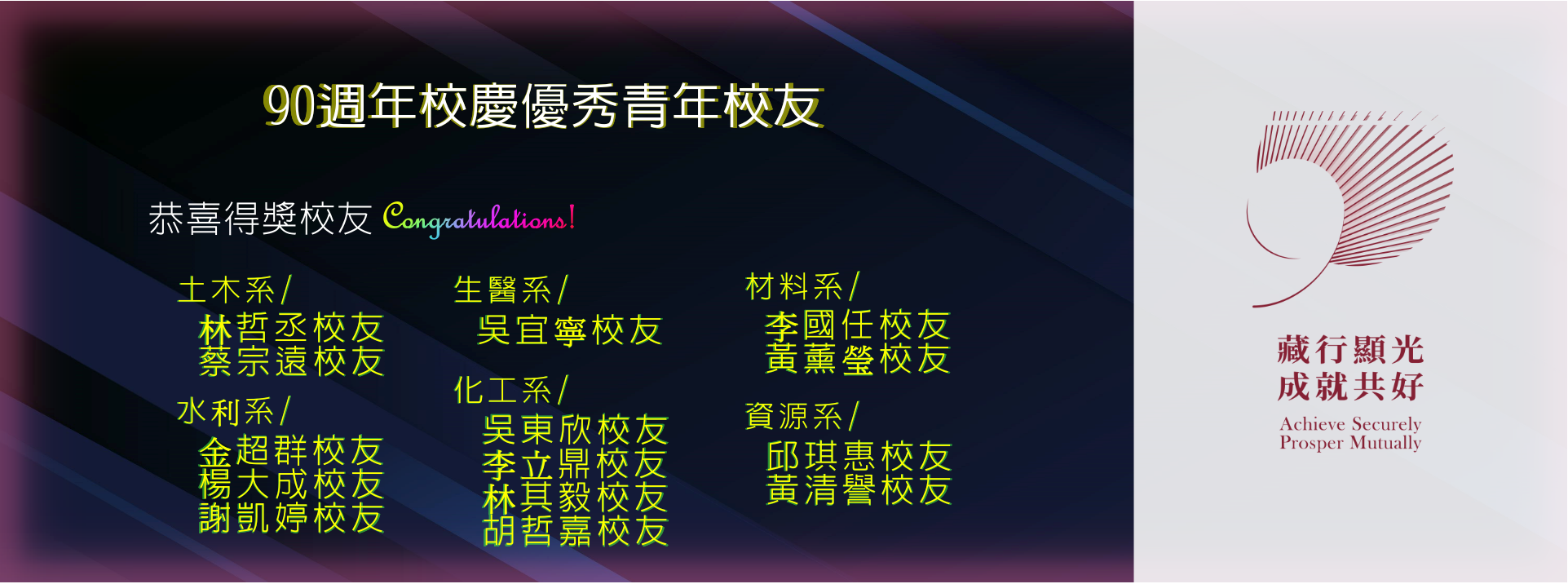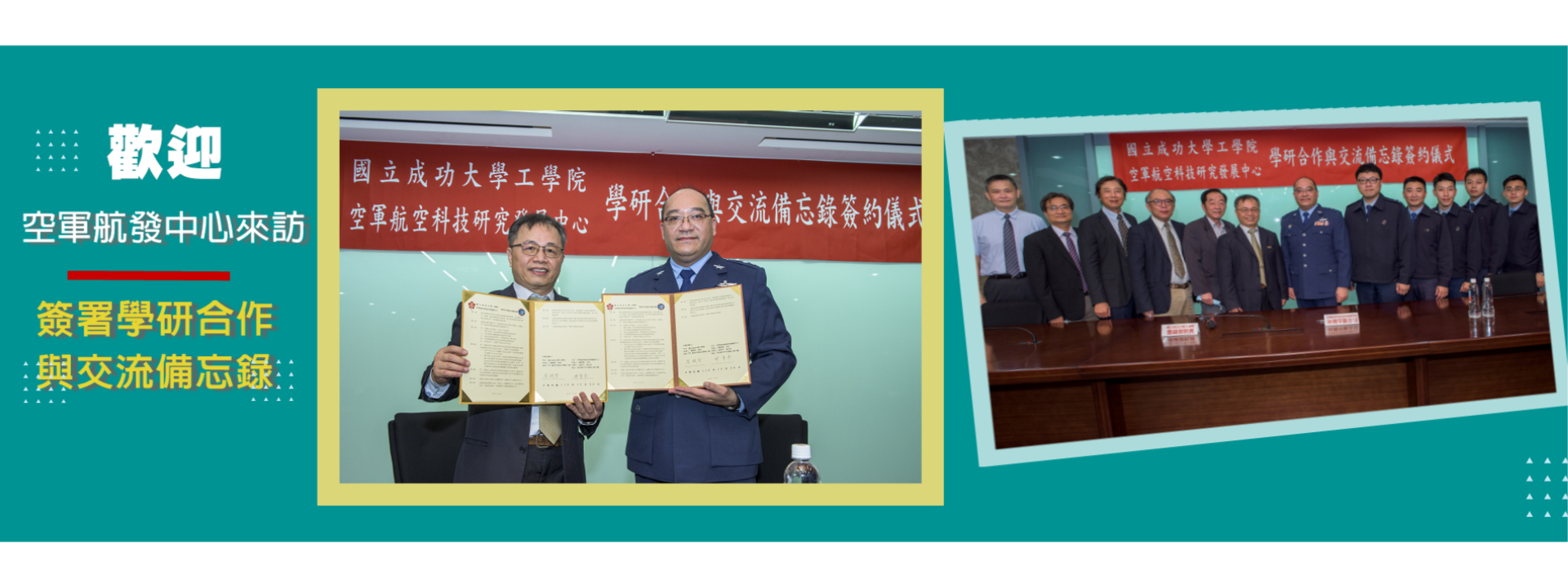Deterministic Flexibility Analysis; Theory, Design, and Applications

Deterministic Flexibility Analysis; Theory, Design, and Applications
Chang, Chuei-Tin
Department of Chemical Engineering
Taylor & Francis Group, LLC, 2018
ISBN 978-1-4987-4816-2
Abstract
This book presents an introduction to both theoretical and application aspects of flexibility analysis, which is primarily concerned with the task of assigning a sound measure of the operational capability of a given system under the influence of uncertainties. The formal definitions of several available performance indices, their mathematical formulations and the corresponding algorithms and codes are provided in sufficient detail to facilitate concrete implementation. It is therefore appropriate for an industrial reference, a senior level design course or a graduate course in chemical process analysis.
Traditionally, design and control decisions are made in sequential stages over the life cycle of a chemical plant. In the design phase, the “optimal” operating conditions and the corresponding material and energy balance data are established mainly on the basis of economic considerations. In the subsequent step, the control systems are configured to maintain the key process conditions at the fixed nominal values. Because it is often desirable to address the operability issues at the earliest possible stage before stipulation of control schemes, the systematic incorporation of flexibility analysis in process synthesis and design has received considerable attention in recent years. The book focuses to a large extent on computation methods for evaluating deterministic performance measures, i.e., the steady-state, volumetric, dynamic and temporal flexibility indices, in various applications.
Finally, this book is written primarily for those who have a basic knowledge of optimization theory, and its presentation is oriented toward a multidisciplinary audience and thus should appeal to engineers in diversified fields with an interest in producing resilient system designs.
中文介紹
本書詳述了『彈性分析』的理論和應用,主要涉及在各類不確定因素影響下為給定系統的操作能力訂定合理尺度,並提供了幾個實用性能指標的正式定義、其數學規劃模型以及相應的演算法和程式碼,以方便讀者具體實際執行計算。因此,這本書應適合給工業界的工程師實際工作參考,也適合當作大學四年級程序設計課程或研究所程序分析課程的教科書。
傳統上,設計和控制決策是在化工廠的生命週期中按一定順序在不同階段中進行的。在設計階段主要是基於經濟上的考慮來決定出“最佳”運行條件以及相應的質量和能量平衡數據。在隨後步驟中的控制系統配置之主要目標為將關鍵程序條件盡可能保持在固定的標準值,由於通常希望在訂定控制方案之前能儘早解決可操作性問題,因此近年來在程序合成和設計的過程中系統性地整合彈性分析已受到相當多的關注。本書在很大程度上側重於評估在各種應用中不確定性性能指標(即穩態,體積,動態和時間彈性指標)的計算方法。
最後,這本書主要是為那些具有最適化理論基礎知識的人編寫的,且其討論方式應可很容易地被跨領域的讀者所瞭解,因此本書內容應該可吸引並幫助那些需要產生能夠適應不確定操作環境之彈性系統設計的從業人員。






















